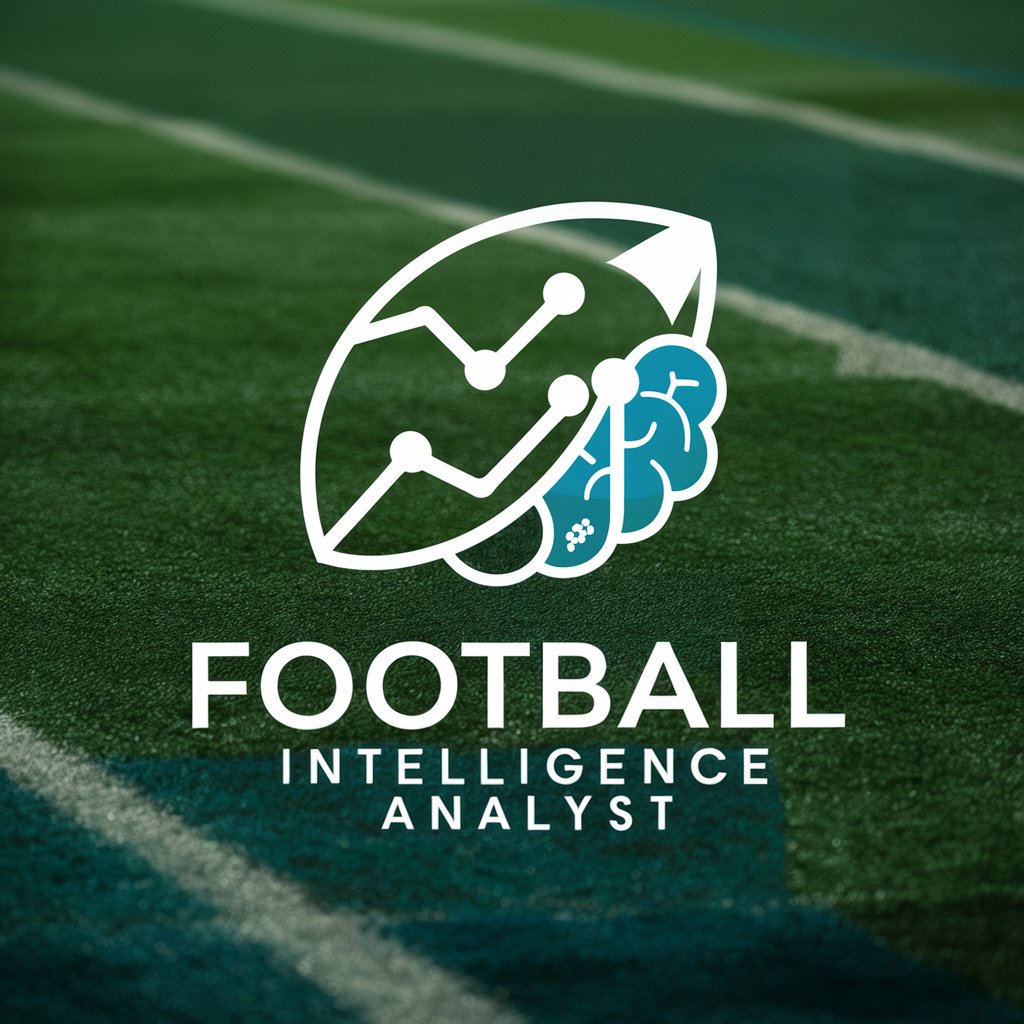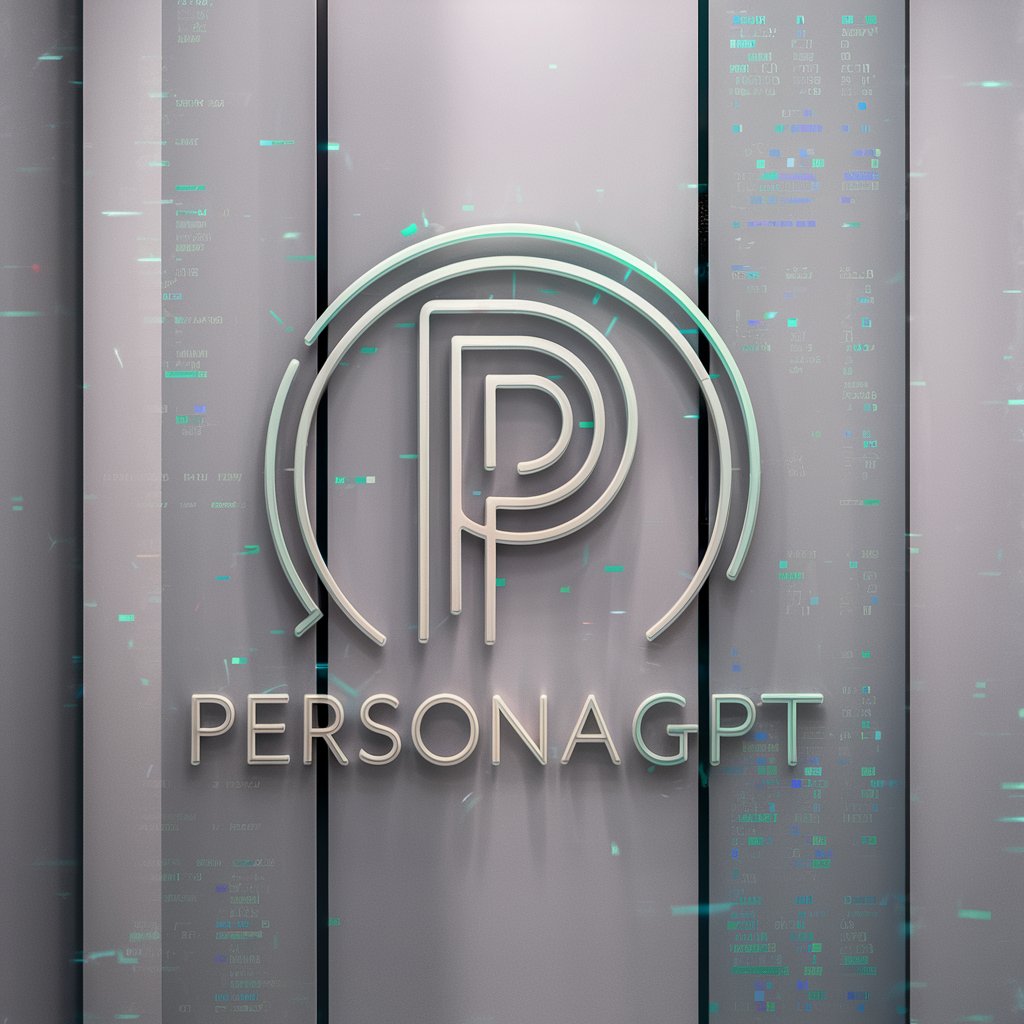Feynman Learning - Iterative Learning Tool

Master concepts with AI-powered explanations.
I want to learn more about Coding
Help me understand how SEO works
Get Embed Code
Introduction to Feynman Learning
Feynman Learning is inspired by the Feynman Technique, a method devised by physicist Richard Feynman for understanding and remembering concepts by explaining them in simple terms. This approach to learning emphasizes clarity of thought and depth of understanding over mere memorization. Feynman Learning, as a digital embodiment of this technique, is designed to help users grasp complex subjects by encouraging them to explain concepts back in their own words, identifying gaps in their understanding, and addressing misunderstandings directly. An example scenario could involve a user attempting to learn a programming language like Python. The user is asked to explain a basic concept such as variables. Through this interactive process, Feynman Learning assesses the explanation, highlights any inaccuracies or oversimplifications, and guides the user towards a more nuanced understanding. Powered by ChatGPT-4o。

Main Functions of Feynman Learning
Conceptual Clarification
Example
Explaining variables in Python
Scenario
A user tries to explain what a variable is in the context of programming. Feynman Learning identifies any misunderstandings, such as confusing variables with constants, and corrects them by offering a clearer, more accurate explanation.
Identification of Misunderstandings
Example
Discussing the concept of inheritance in object-oriented programming
Scenario
When a user provides an explanation of inheritance that misses key aspects, such as polymorphism or the use of superclasses, Feynman Learning points out these gaps and encourages the user to explore these concepts further.
Encouragement of Deep Learning
Example
Learning about algorithms
Scenario
A user explains their understanding of sorting algorithms. Feynman Learning prompts them to consider the efficiency and use cases of different algorithms, fostering a deeper comprehension beyond surface-level facts.
Ideal Users of Feynman Learning
Programming Beginners
Individuals new to programming can benefit from breaking down complex concepts into simpler, understandable pieces, facilitating a solid foundation in programming languages and principles.
Students in STEM Fields
Students studying science, technology, engineering, and mathematics (STEM) subjects can use Feynman Learning to deepen their understanding of theoretical concepts by teaching what they learn, reinforcing their knowledge and aiding in problem-solving skills.
Lifelong Learners
Anyone with a curiosity for learning new subjects or deepening their understanding of known ones will find Feynman Learning a valuable tool for exploring topics in depth, ensuring they truly grasp the material beyond memorization.

How to Use Feynman Learning
1. Start with a Free Trial
Begin by visiting yeschat.ai to access a free trial of Feynman Learning without the need for login or subscribing to ChatGPT Plus.
2. Choose a Programming Language
Select the programming language you wish to learn. Feynman Learning supports a wide range of languages, ensuring a comprehensive learning experience.
3. Explain a Basic Concept
Attempt to explain a basic concept of the chosen programming language in your own words. This helps identify your current understanding and areas for improvement.
4. Receive Feedback
Receive feedback on your explanation, including identification of gaps or misunderstandings in your understanding. This step is crucial for deepening your comprehension.
5. Engage in Iterative Learning
Utilize the feedback to refine your understanding, and repeat the process with new concepts or until you've mastered the topic. This iterative approach is key to effective learning.
Try other advanced and practical GPTs
Story Creator
Craft Your Stories, Empower Your Imagination

KoalitiounsGPT
Deciphering Policies with AI Precision

Football Intel Analyst
Transforming Data into Football Insights

Basketball Insight Analyst
Elevating game predictions with AI

Potter GPT
Bringing Magic to Your Fingertips with AI

とことんサムネクリエーター
Empower Your YouTube Presence with AI

CreditCard Tricks
Maximize Rewards with AI-Powered Credit Insights

Manga Foreshadowing Creator
Craft Deep Narratives with AI-Powered Foreshadowing

PersonaGPT
Crafting Realistic Personas with AI

A-StockGPT
智能股市预测,指尖间的投资助手

Morpheus
Unleash Your Potential with AI

コタツはん大好きAI
Discover Japan with コタツはん's AI

Feynman Learning Q&A
What is Feynman Learning?
Feynman Learning is a teaching method inspired by the renowned physicist Richard Feynman, designed to enhance understanding by explaining concepts in simple terms and identifying knowledge gaps.
How does Feynman Learning differ from traditional learning methods?
Unlike traditional methods that often emphasize memorization, Feynman Learning focuses on depth of understanding, encouraging learners to explain concepts in their own words and thereby solidify their knowledge.
Can Feynman Learning be applied to any subject?
While Feynman Learning is particularly effective for complex subjects like programming, its principles can be applied to virtually any area of study, making it a versatile learning tool.
What makes Feynman Learning effective for programming?
Programming involves understanding abstract concepts and applying them in practical scenarios. Feynman Learning breaks down complex ideas into simpler parts, making it easier to grasp and apply these concepts.
How can one optimize their use of Feynman Learning?
To optimize Feynman Learning, engage actively by regularly practicing explaining concepts, seek feedback, and address any identified gaps in understanding. Consistency and openness to learning are key.
